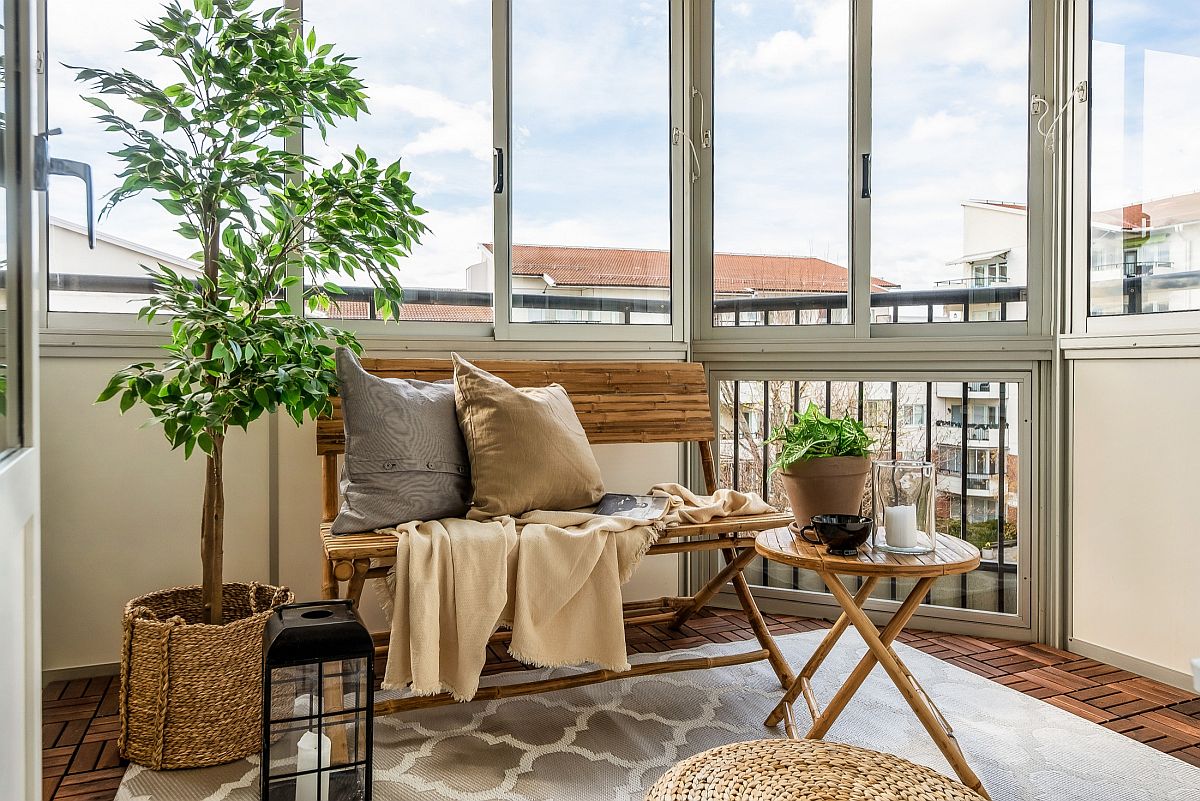

Articles
How To Keep Balcony Warm In Winter
Modified: February 25, 2024
Discover effective strategies for keeping your balcony warm during the winter months with our informative articles. Stay cozy and comfortable all season long.
(Many of the links in this article redirect to a specific reviewed product. Your purchase of these products through affiliate links helps to generate commission for Storables.com, at no extra cost. Learn more)
Introduction
During the winter months, many people enjoy spending time on their balconies to take in the crisp air and enjoy the scenic views. However, the cold temperatures can often make it challenging to stay comfortable and cozy in this outdoor space. Fortunately, there are several effective methods to keep your balcony warm in winter, allowing you to extend its use throughout the year.
In this article, we will explore different techniques to insulate and heat your balcony, creating a warm and inviting atmosphere even in the coldest months. By understanding the factors that make balconies cold and implementing the right solutions, you can transform your outdoor space into a comfortable retreat.
Let’s dive in and discover how to keep your balcony warm during the winter season!
Key Takeaways:
- Transform your balcony into a cozy winter retreat by insulating the floor, sealing drafts, and adding thermal curtains. Embrace outdoor rugs, heaters, and windbreaks for a warm and inviting space.
- Combat the cold with practical solutions like weather stripping, window film, and outdoor rugs. Embrace the warmth of outdoor heaters and create a shield against wind for a comfortable winter balcony experience.
Read more: How To Keep A Sunroom Warm In Winter
Understanding the Factors that Make Balconies Cold
Before we delve into the various methods to keep your balcony warm in winter, it’s important to understand the factors that contribute to the coldness of this outdoor space. By identifying these elements, you can better address them and create a more comfortable environment.
One of the primary factors is the lack of insulation. Balconies are exposed to the elements, and without proper insulation, they can become cold quickly. The floor, walls, and ceiling of the balcony are particularly susceptible to heat loss, allowing the cold air to seep in.
Another factor is the presence of drafts. The gaps around doors, windows, and even through cracks in the walls can let cold air enter and warm air escape. These drafts can significantly contribute to the overall chilliness of the balcony.
The wind also plays a significant role in making balconies cold. Even on relatively mild days, strong winds can make it feel much colder than it actually is. The wind chill factor can be particularly problematic in high-rise buildings or balconies that are exposed to open areas.
Lastly, the materials used in the construction of the balcony can affect its temperature. Materials like metal, glass, and concrete tend to retain coldness, making the balcony feel colder even when the outside temperature is not extreme.
By understanding these factors, we can now explore various methods to mitigate the coldness and make your balcony a warm and inviting space during winter.
Insulating the Balcony Floor
One of the key areas to address when it comes to keeping your balcony warm in winter is insulating the floor. Since heat naturally rises, having effective insulation in the floor can prevent the cold air from penetrating through and keep the warmth inside.
There are several methods to insulate the balcony floor. One option is to install insulation panels or boards directly over the existing floor surface. These panels can be made of materials such as foam or fiberglass and provide a layer of insulation to trap heat and prevent it from escaping.
Another option is to use insulation mats or rolls, which can be placed on top of the floor surface. These mats are typically made of materials like rubber or foam and provide a cushioning effect while also insulating the floor.
Additionally, you can consider adding a layer of underlayment before installing any new flooring material. This underlayment can act as an additional barrier against cold air and provide insulation.
Whichever method you choose, make sure to adequately seal all seams and edges to create a continuous barrier against cold air leakage. This will ensure maximum effectiveness in keeping your balcony floor warm.
In colder climates, it may be necessary to combine floor insulation with other methods to achieve optimal warmth. By addressing the floor’s insulation, you’ll make a significant impact on the overall comfort of your balcony during the winter months.
Installing Weather Stripping on Doors and Windows
One of the most common sources of drafts and heat loss on balconies is through doors and windows. Poorly sealed openings can allow cold air to enter and warm air to escape, making the balcony feel significantly colder. To combat this issue, installing weather stripping is a simple yet effective solution.
Weather stripping is a material, typically made of foam or rubber, that creates a tight seal around doors and windows, preventing drafts and heat loss. It acts as a barrier, minimizing the amount of cold air that can enter and warm air that can escape from your balcony.
To install weather stripping on doors, start by thoroughly cleaning the door frame to ensure proper adhesion. Measure the length needed and cut the weather stripping accordingly. Then, peel off the backing and firmly press the adhesive side onto the door frame, positioning it to create a tight seal when the door is closed.
When it comes to windows, there are different types of weather stripping to consider. The most common option is self-adhesive weather stripping, which can be easily applied to the edges of the window frame. Other options include V-strip weather stripping, which is inserted into a groove along the window frame, and window film with built-in insulation.
Ensure that all doors and windows are properly sealed with weather stripping to minimize drafts and heat loss. This simple step can go a long way in making your balcony warmer and more comfortable during the winter months.
Remember to periodically check the weather stripping for any signs of damage or wear and replace it as needed to maintain its effectiveness.
Using Thermal Curtains or Blinds
Thermal curtains or blinds are an excellent addition to your balcony to keep the cold air at bay. These specially designed window coverings offer enhanced insulation and can help retain the warmth inside your balcony space.
Thermal curtains are made from thick, layered fabrics that have insulating properties. They often feature an acrylic foam or thermal backing, which adds a layer of insulation to the curtains. The thick fabric and the insulating backing work together to reduce heat loss and block drafts from entering through the windows.
To maximize their effectiveness, make sure to choose curtains that are long enough to reach the floor and cover the entire window area. This will help prevent any cold air from seeping in from the bottom of the window.
Thermal blinds, on the other hand, are made with specialized materials that have insulating properties, such as cellular or honeycomb designs. These blinds create air pockets that act as a barrier, reducing heat loss and minimizing drafts.
When using thermal curtains or blinds, it’s essential to keep them closed when the balcony is not in use, especially during the colder months. This will help maintain a warm and cozy atmosphere on your balcony and prevent cold air from entering.
Additionally, consider layering thermal curtains with standard curtains or blinds for added insulation during extremely cold weather. This combination can provide an extra layer of protection against the cold and enhance the overall insulation of your balcony space.
Thermal curtains or blinds not only help keep your balcony warm in winter but also add a touch of style and privacy to your outdoor space. So, consider investing in these window coverings to create a cozy and inviting ambiance on your balcony, even during the chilliest days.
Read more: How To Keep An Attic Warm In Winter
Adding Outdoor Rugs or Carpets
One effective way to warm up your balcony during the winter season is by adding outdoor rugs or carpets. These not only provide a cozy and comfortable surface to walk on but also act as an insulating layer, keeping the cold air from seeping through the floor and making the space feel warmer.
When choosing an outdoor rug or carpet for your balcony, opt for materials that are weather-resistant and can withstand outdoor conditions. Synthetic materials like polypropylene or nylon are excellent choices as they are durable, water-resistant, and easy to clean.
Consider selecting rugs or carpets with a thicker pile or texture, as they provide better insulation against the cold floor. The additional layer of padding can help maintain warmth on your balcony, making it more pleasant and inviting.
Place the rug or carpet strategically in high traffic areas or in seating areas where you tend to spend the most time. This will ensure that your feet are warm and comfortable while also enhancing the overall aesthetics of your outdoor space.
Furthermore, the addition of rugs or carpets can help reduce noise and create a softer and more inviting atmosphere on your balcony. They also provide a buffer against the cold floor, allowing you to walk barefoot or sit comfortably without feeling the chill.
Remember to regularly clean and maintain your outdoor rugs or carpets to ensure their longevity and effectiveness in keeping your balcony warm and cozy. Vacuum or shake them regularly to remove any dirt or debris and spot clean as needed.
By adding outdoor rugs or carpets to your balcony, you can create a more comfortable and insulated space, making it an enjoyable retreat even during the winter months.
Consider using outdoor rugs, thermal curtains, and draft stoppers to insulate your balcony. Place outdoor heaters or install a heat lamp to provide warmth. Blocking off any drafts and adding cozy seating will also help keep your balcony warm in winter.
Utilizing Outdoor Heaters or Heat Lamps
When it comes to keeping your balcony warm in winter, outdoor heaters or heat lamps can be a game-changer. These devices provide direct heat, creating a cozy and comfortable environment even when the temperatures drop.
Outdoor heaters come in various types, including electric, propane, and natural gas. Electric heaters are most commonly used on balconies due to their convenience and ease of use. They simply need to be plugged into an electrical outlet, and they generate heat instantly.
Propane and natural gas heaters require a fuel source, making them slightly more complex to install. However, they are more powerful and have a longer-lasting heat output. If you have a larger balcony or live in an extremely cold climate, a propane or natural gas heater may be the better option.
Heat lamps, on the other hand, are radiant heaters specifically designed to emit warmth in a targeted area. They produce heat through infrared radiation, which directly heats objects and people without warming the surrounding air. Heat lamps are energy-efficient and provide a focused heat source for specific seating areas or outdoor tables.
When using outdoor heaters or heat lamps, always follow the manufacturer’s instructions for safe and proper use. Ensure that the devices are positioned strategically to distribute heat evenly and maintain a safe distance from any potentially flammable objects.
Remember to consider safety precautions when using outdoor heaters or heat lamps, especially if you have children or pets. Make sure the devices have built-in safety features like tip-over protection and an automatic shut-off function.
Utilizing outdoor heaters or heat lamps on your balcony can make a significant difference in creating a warm and inviting space during the winter season. They provide a direct source of heat, allowing you to comfortably enjoy your outdoor oasis even when the temperature drops.
Creating a Windbreak with Plants or a Balcony Screen
One of the challenges of keeping a balcony warm in winter is dealing with the chilling effects of wind. Strong gusts can quickly lower the temperature and make the space feel much colder. Creating a windbreak using plants or a balcony screen can help shield your balcony from harsh winds, providing a more comfortable and cozy environment.
Plants can serve as a natural windbreak on your balcony. Strategically placing tall and dense plants, such as evergreen shrubs or potted trees, can help deflect wind and create a barrier. These plants act as a shield, reducing the intensity of the wind and creating a more protected space on your balcony.
When choosing plants for your windbreak, consider those that are hardy and can withstand harsh weather conditions. Evergreen plants are an excellent choice, as they retain their foliage throughout the year and provide continuous protection. Ensure proper maintenance by watering and pruning the plants regularly to keep them healthy and dense.
If you have limited space or prefer a more temporary option, a balcony screen or windbreak can be a practical solution. These screens are specifically designed to block wind while allowing air circulation and maintaining visibility. They are available in various materials, such as fabric, bamboo, or PVC, and can be easily attached to railings or walls.
When installing a balcony screen, choose a model that is sturdy and weather-resistant. Ensure that it is securely fastened to avoid any accidents or damage caused by strong winds. Additionally, select a screen that offers some transparency, so you can still enjoy the view while benefiting from the wind-blocking capabilities.
By creating a windbreak with plants or a balcony screen, you can significantly reduce the impact of wind on your balcony. This not only helps keep the space warmer but also provides a more comfortable and sheltered area for you to enjoy during the winter months.
Sealing Cracks and Gaps in the Balcony Walls
Cracks and gaps in the balcony walls can be major sources of heat loss and drafts, especially during the colder months. To keep your balcony warm in winter, it’s crucial to identify and seal these openings, preventing cold air from infiltrating and warm air from escaping.
Start by carefully inspecting the walls of your balcony for any visible cracks or gaps. Common areas where cracks and gaps may appear include around windows, doors, electrical outlets, and where the walls meet the floor or ceiling.
Once you identify the cracks and gaps, seal them using an appropriate sealant or caulk. Choose a sealant that is designed for outdoor use, as it needs to withstand the weather conditions and temperature fluctuations.
Before applying the sealant, thoroughly clean the area and remove any loose debris or old caulking. Then, using a caulk gun, apply a generous amount of sealant into the cracks and gaps. Smooth out the sealant with your finger or a caulk smoothing tool to ensure a tight seal.
For larger gaps or cracks, you may need to use expanding foam sealant. This foam expands upon application, filling in the gaps and providing excellent insulation. Be cautious when using expanding foam and carefully follow the manufacturer’s instructions to prevent over-filling or damage to the walls.
In addition to sealing cracks and gaps in the balcony walls, pay attention to the areas where utility lines or pipes enter the balcony. Use foam insulation or weather-stripping to create a tight seal around these openings, preventing drafts and heat loss.
Regularly inspect the sealed areas and reapply sealant as needed to maintain the integrity of the seal. This will ensure that your balcony remains well-insulated and free from drafts, making it easier to keep the space warm during the winter season.
Read more: How To Keep Floor Warm In Winter
Applying Window Film for Added Insulation
When it comes to keeping your balcony warm in winter, window film can be an effective and affordable solution. Window film is a thin, transparent sheet that can be applied to the glass surface of windows. It offers several benefits, including improved insulation, reduced heat loss, and increased energy efficiency.
Applying window film to your balcony windows helps to create an additional layer of insulation, preventing heat from escaping and cold air from penetrating. It works by trapping air between the film and the glass, creating a barrier that reduces heat transfer.
Window film comes in various types, including heat control film, low-emissivity (low-e) film, and insulating film. Heat control film is designed to reflect solar heat during the summer months, while low-e film and insulating film help to retain heat inside during the winter.
Before applying window film, thoroughly clean the glass surface to ensure proper adhesion and smooth application. Measure the dimensions of your window and cut the film according to the size needed, leaving a slight overlap on all edges.
Next, spray a solution of soapy water onto the glass surface to make it easier to position and adjust the film. Peel off the backing from the film and carefully apply it to the glass. Use a squeegee or a flat, smooth object to remove any air bubbles and firmly adhere the film to the glass.
After applying the film, trim any excess and use the squeegee to remove excess water and ensure a clean finish. Allow the film to dry completely before opening or closing the windows.
In addition to providing insulation, window film can also help reduce glare and block harmful UV rays, protecting your furniture and belongings from sun damage.
By applying window film to your balcony windows, you can significantly enhance the insulation properties of your glass surfaces. This will help keep your balcony warmer in winter, reduce energy consumption, and create a more comfortable and energy-efficient outdoor space.
Conclusion
Keeping your balcony warm in winter is not only crucial for your comfort but also allows you to make the most of your outdoor space year-round. By implementing the various methods outlined in this article, you can create a cozy and inviting atmosphere on your balcony, even during the coldest months.
Understanding the factors that make balconies cold, such as lack of insulation, drafts, wind, and cold materials, is the first step in addressing the issue. By insulating the balcony floor, installing weather stripping on doors and windows, and using thermal curtains or blinds, you can greatly minimize heat loss and draft entry.
Adding outdoor rugs or carpets provides an extra layer of insulation for your balcony floor, while utilizing outdoor heaters or heat lamps offers direct warmth to combat the cold. Creating a windbreak with plants or a balcony screen shields your balcony from strong winds, helping to maintain a more comfortable temperature.
Sealing cracks and gaps in the balcony walls prevents cold air from entering and warm air from escaping, while applying window film enhances insulation and energy efficiency.
By combining these methods and applying them to your balcony, you can transform it into a cozy and warm space where you can relax, entertain, and enjoy the beauty of winter.
Remember to regularly inspect and maintain your balcony’s insulation and heating elements to ensure their effectiveness. With these strategies in place, you can make the most of your balcony throughout the winter season, creating a comfortable and inviting extension of your living space.
Frequently Asked Questions about How To Keep Balcony Warm In Winter
Was this page helpful?
At Storables.com, we guarantee accurate and reliable information. Our content, validated by Expert Board Contributors, is crafted following stringent Editorial Policies. We're committed to providing you with well-researched, expert-backed insights for all your informational needs.
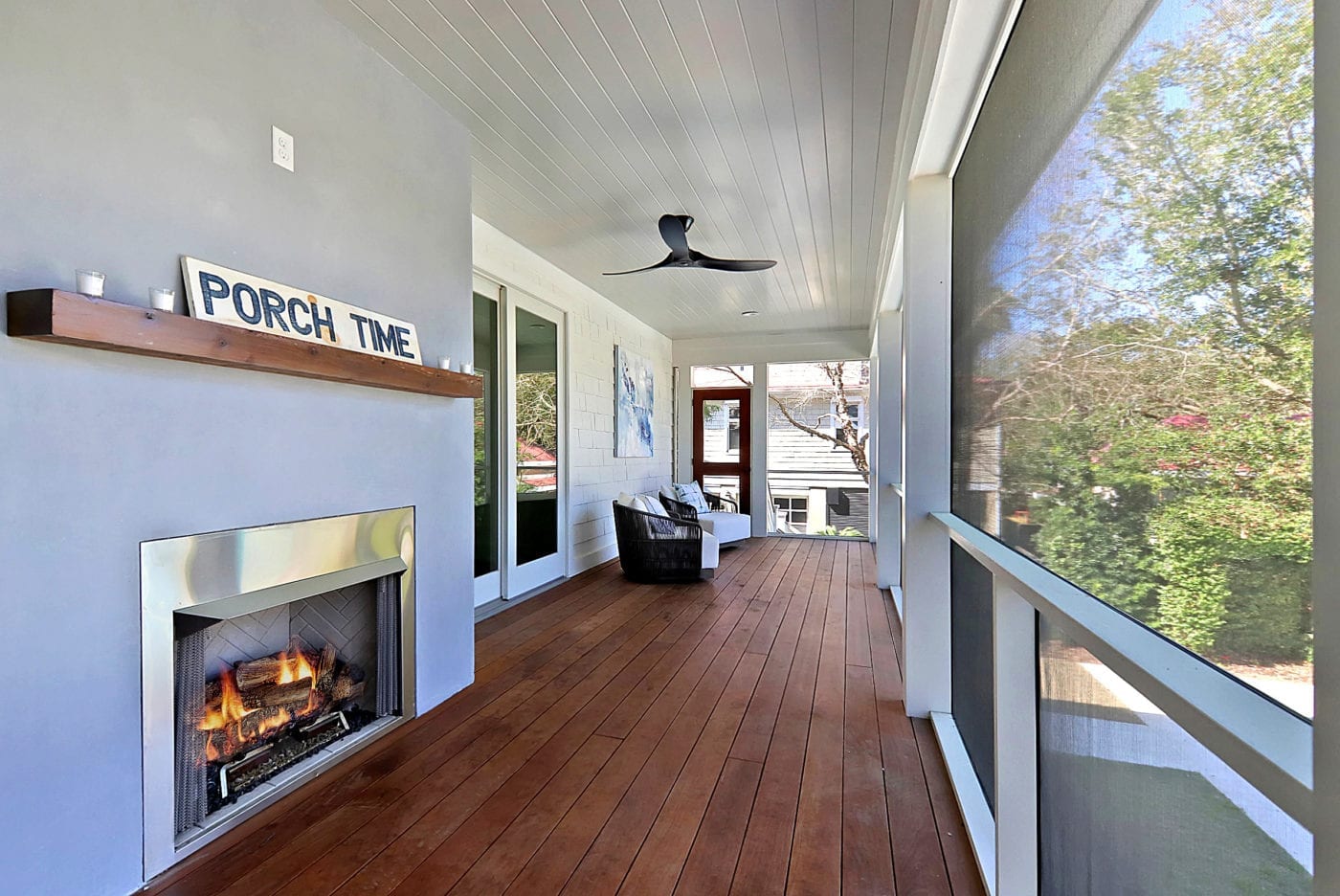
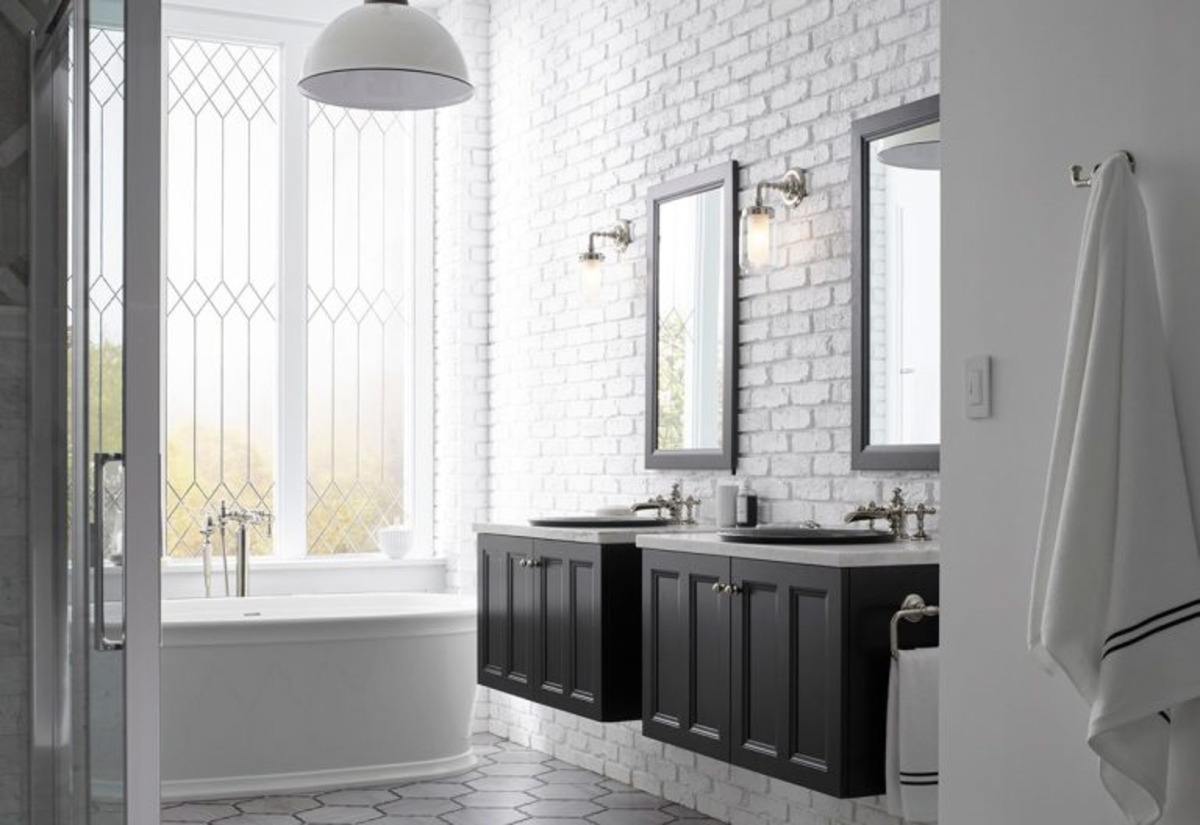

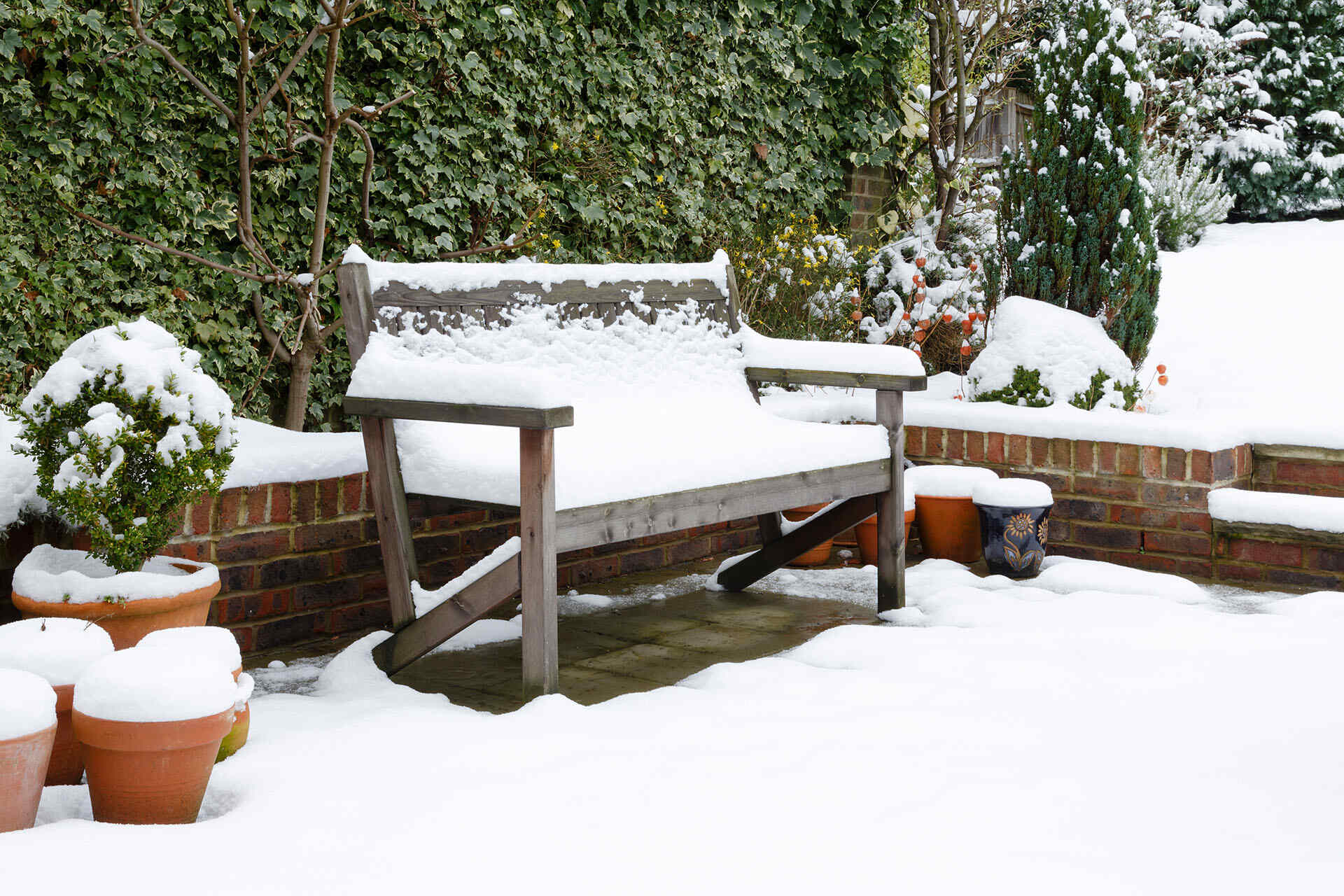

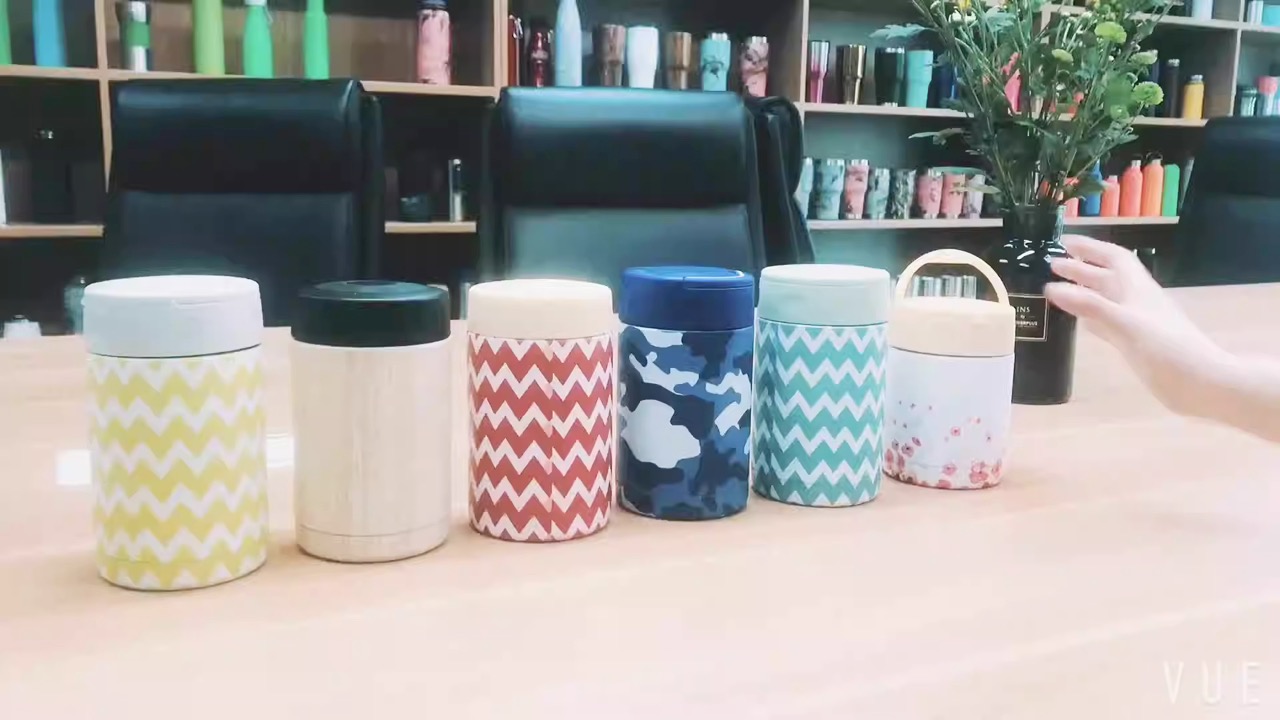
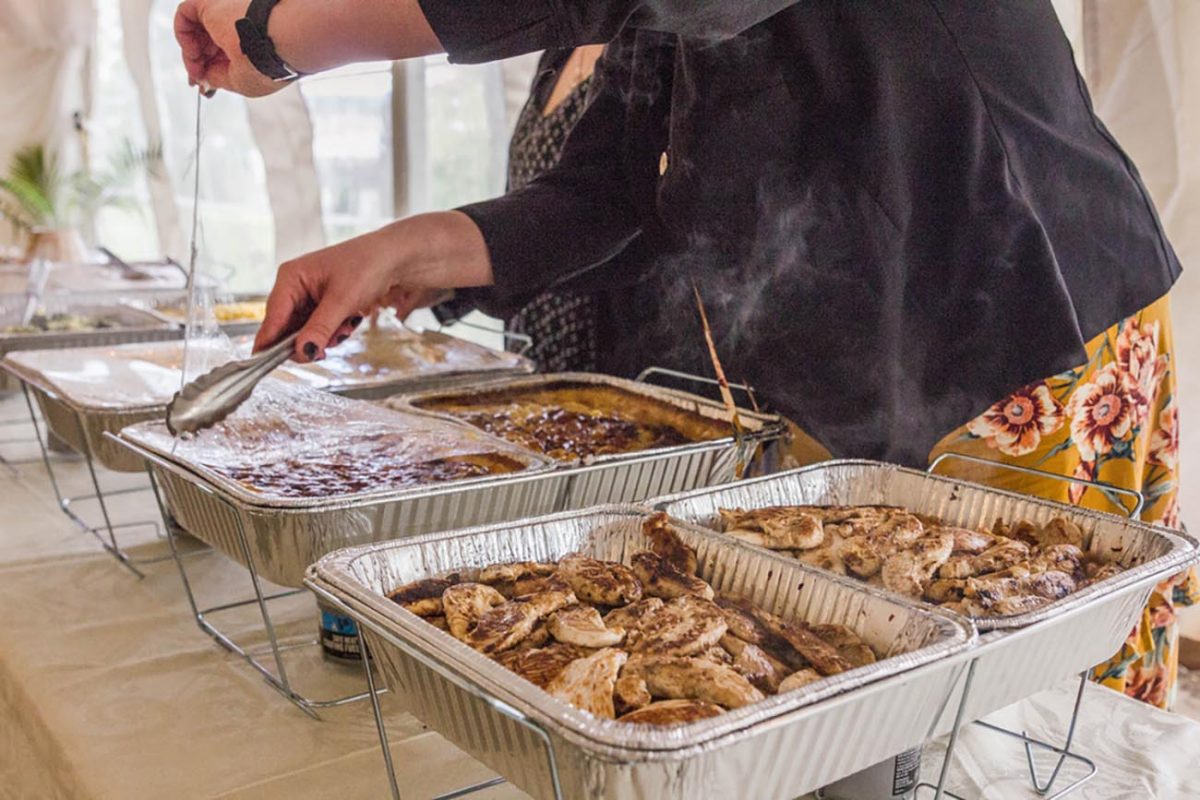
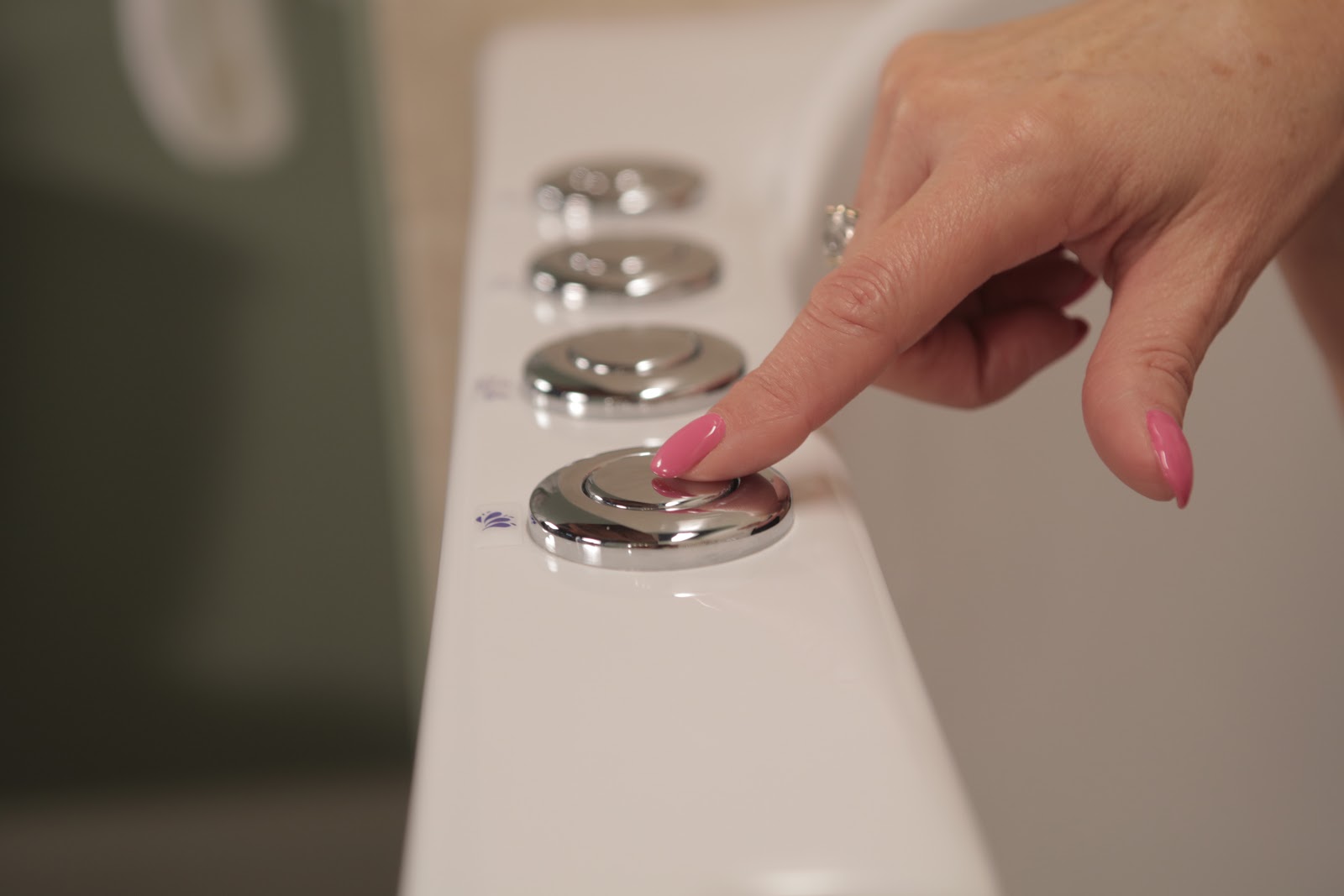
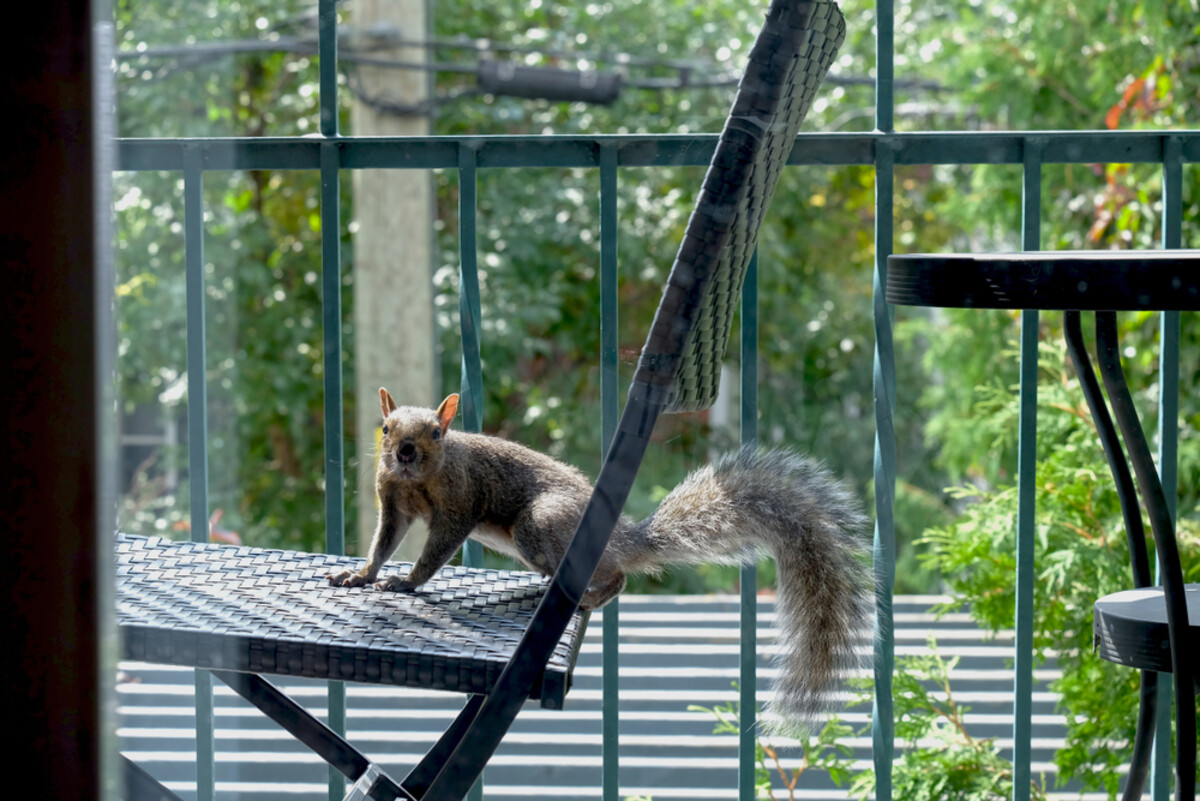
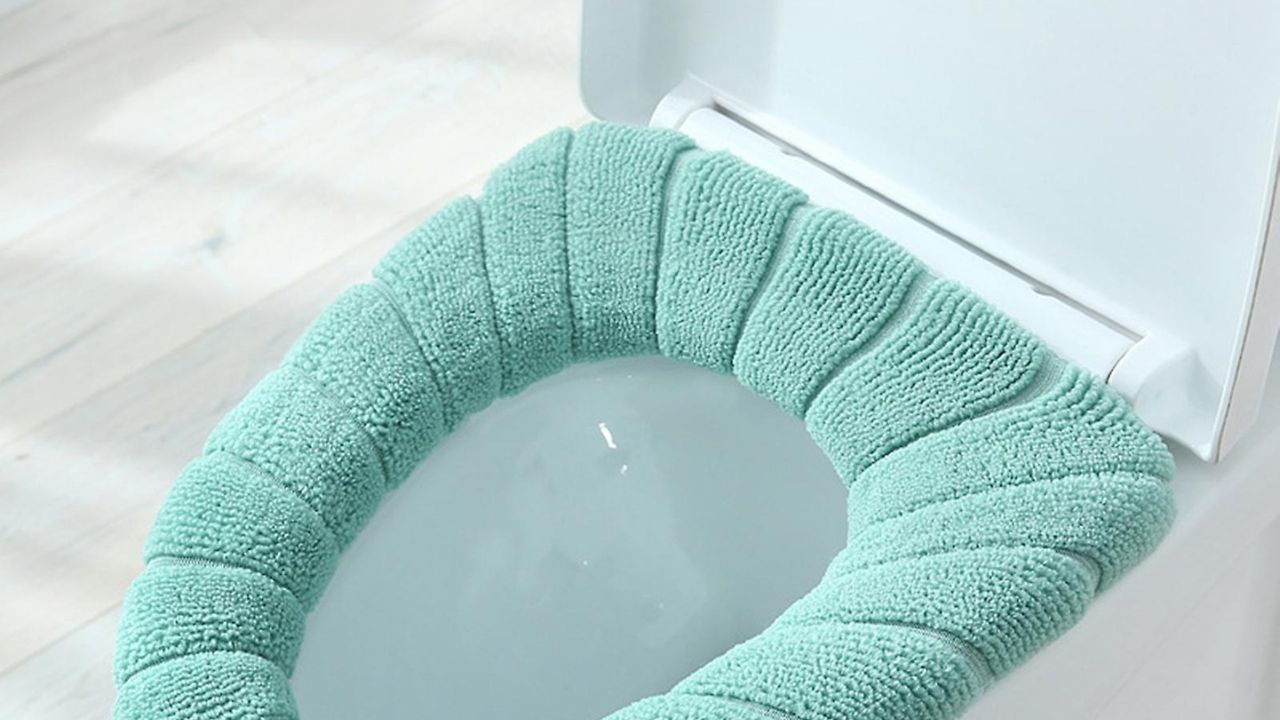
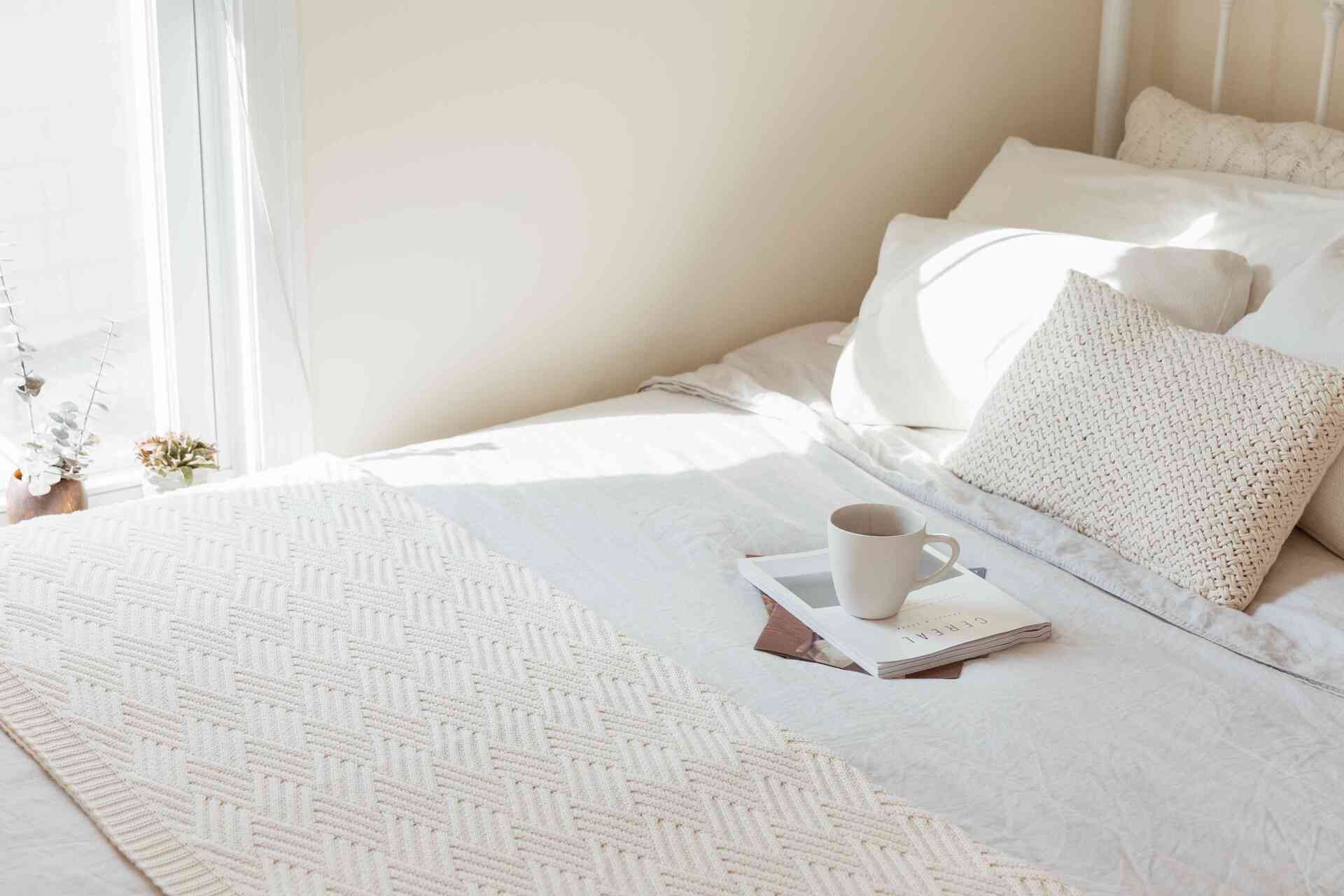
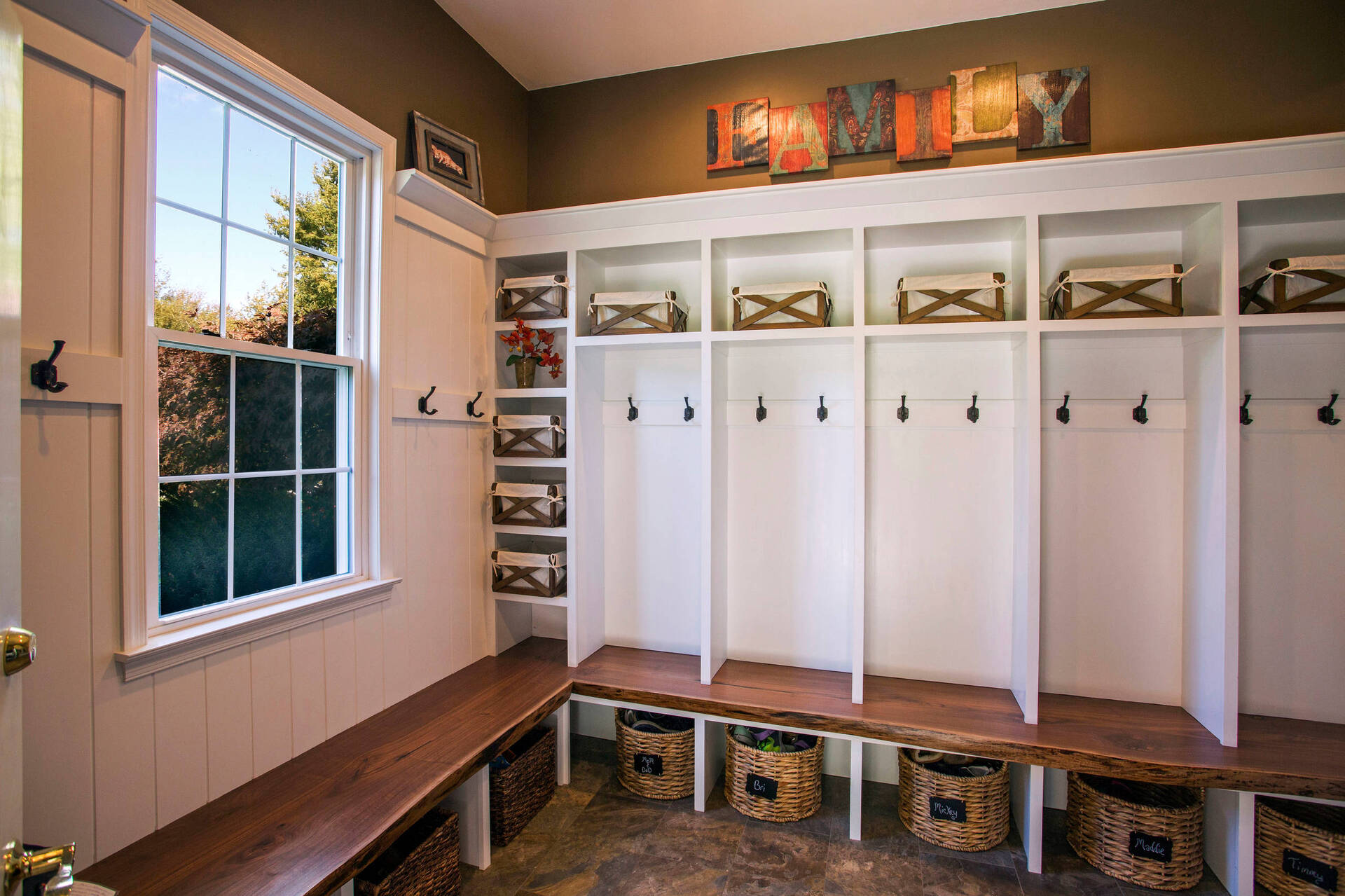


0 thoughts on “How To Keep Balcony Warm In Winter”